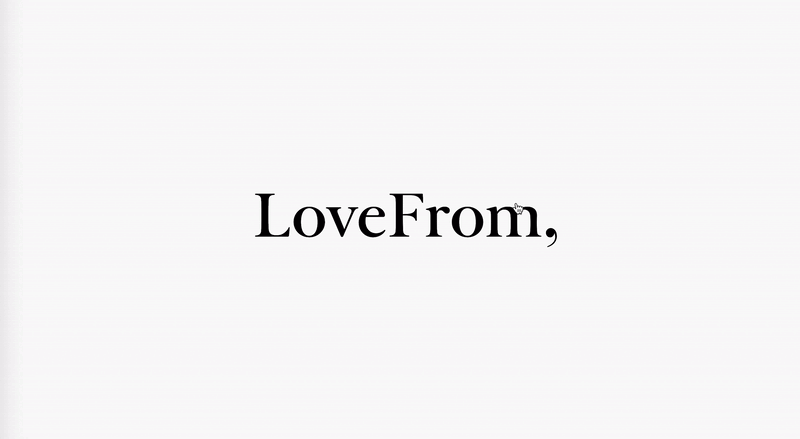You can watch the original io announcement on my YouTube. Since the lawsuit against OpenAI was filed, my video is now the only one left on YouTube, and has been linked in news articles from Bloomberg, The Guardian, Gizmodo and more.
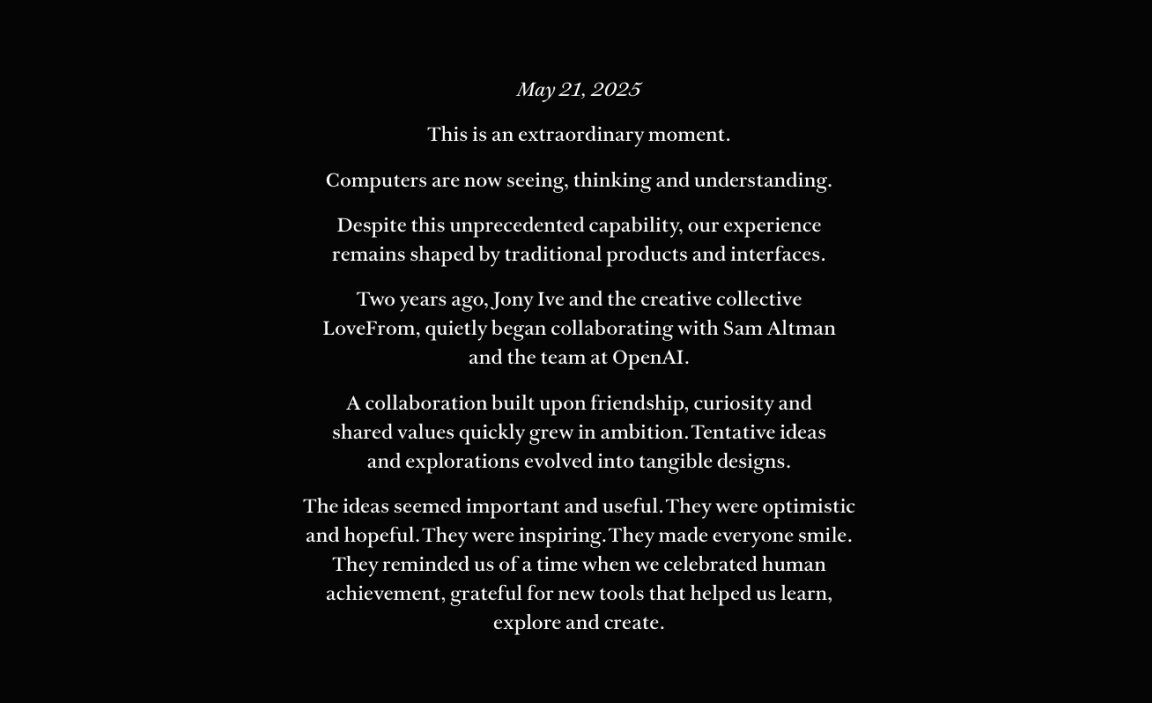
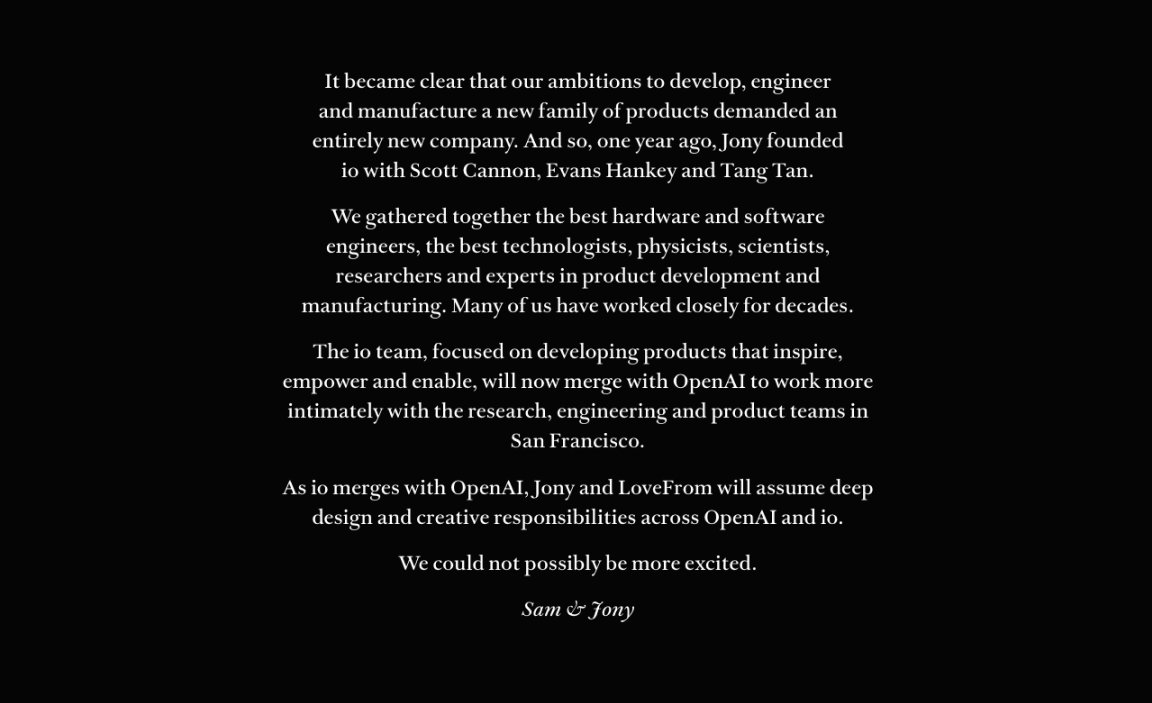
What happens when one of the most influential designers of our generation takes the reins at one of the most transformative tech companies on the planet? We’re about to find out. Sir Jony Ive, the mind behind the iMac, iPhone and Apple Watch is officially stepping into a creative leadership role at OpenAI, bringing his design firm LoveFrom into the fold. In parallel, OpenAI is acquiring Sam Altman and Jony Ive’s hardware startup, io Products, in a deal reportedly valued around $6.5 billion.
This partnership is about developing cultural operating systems. For decades, Apple’s success wasn’t just technical but was emotional. They sold products that felt inevitable. That kind of intuitive resonance has largely been missing from the AI space, where innovation moves fast but design often lags behind. OpenAI’s current identity was recently overhauled to balance precision with warmth, but a brand language is one thing. A device, the actual interface layer between people and AI… is a different beast. And that’s where Ive excels.
It’s not lost on anyone that OpenAI is actively exploring alternatives to the smartphone as the primary interface for artificial intelligence. There’s an inflection point coming. Just as the iPhone redefined mobile computing, AI-native hardware could reset expectations around what a “device” even is. A wearable? A whisperable? Something screenless? The answer won’t come from silicon alone—it will come from industrial design, from the form it takes, the material it uses, and how it subtly communicates trust, privacy, and presence. Ive knows how to build that kind of object. And Altman knows how to build the company around it.
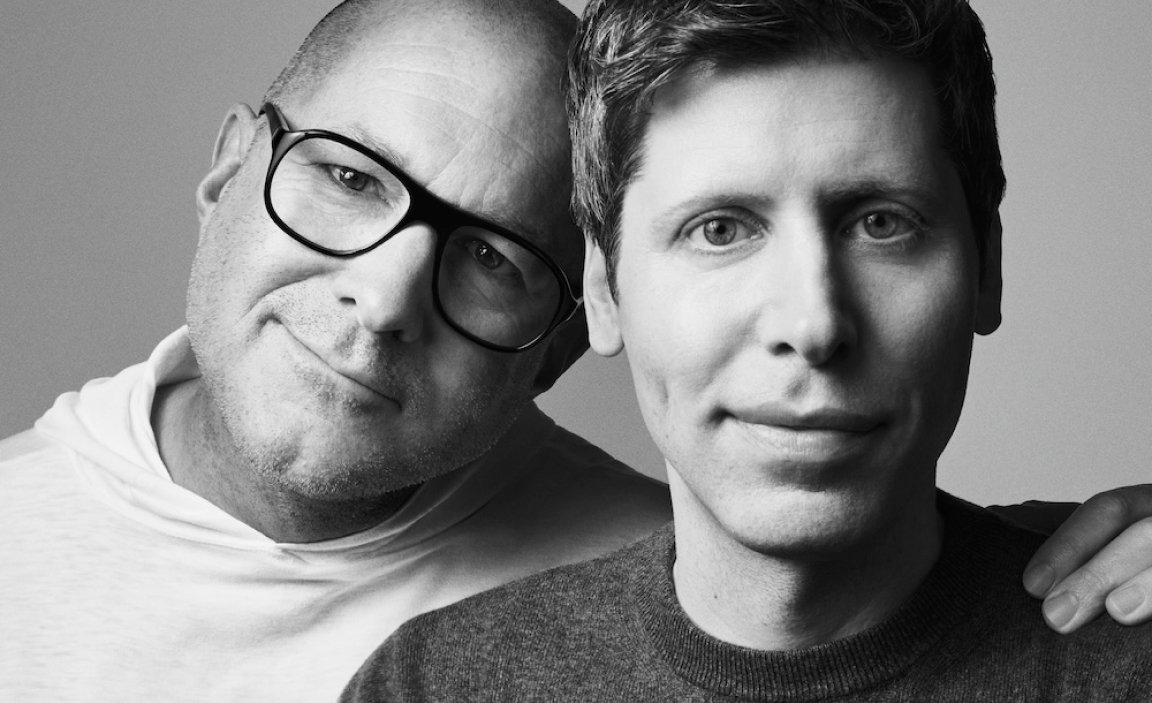
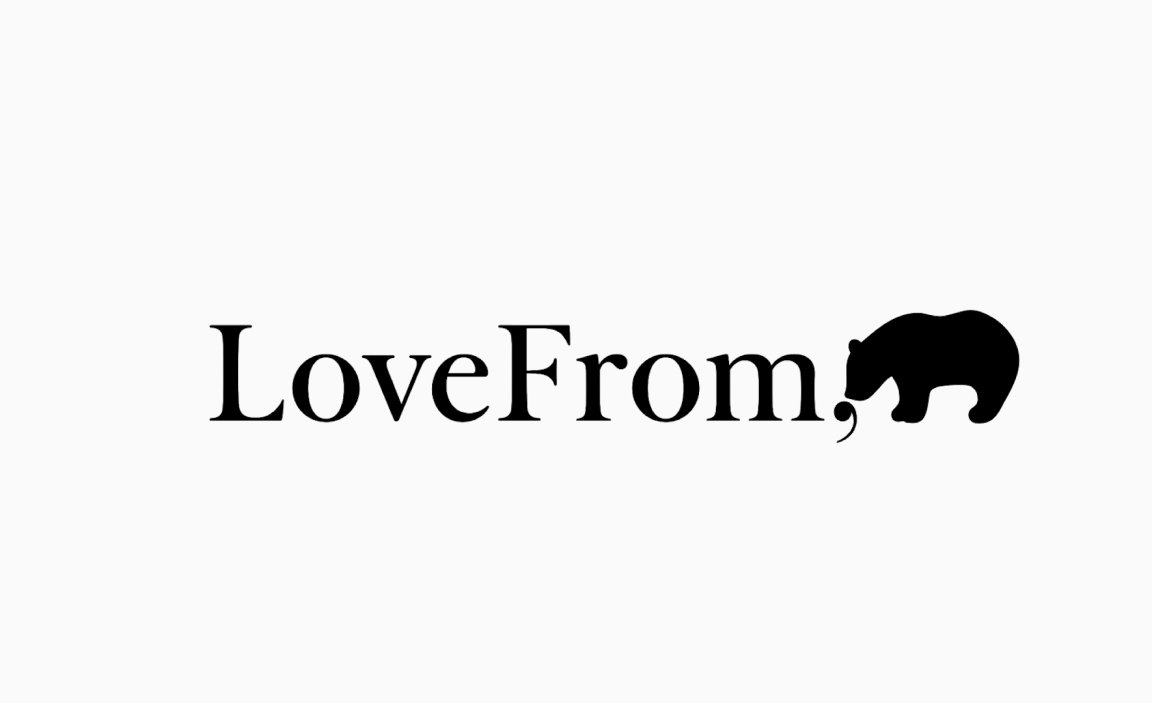
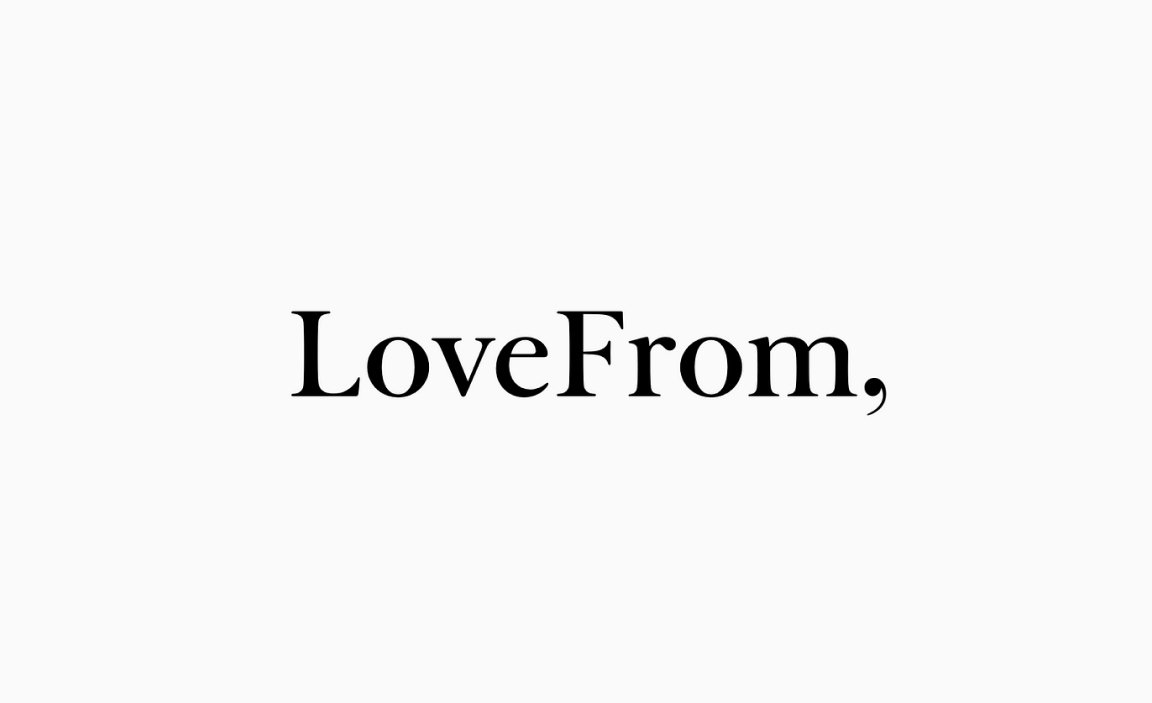

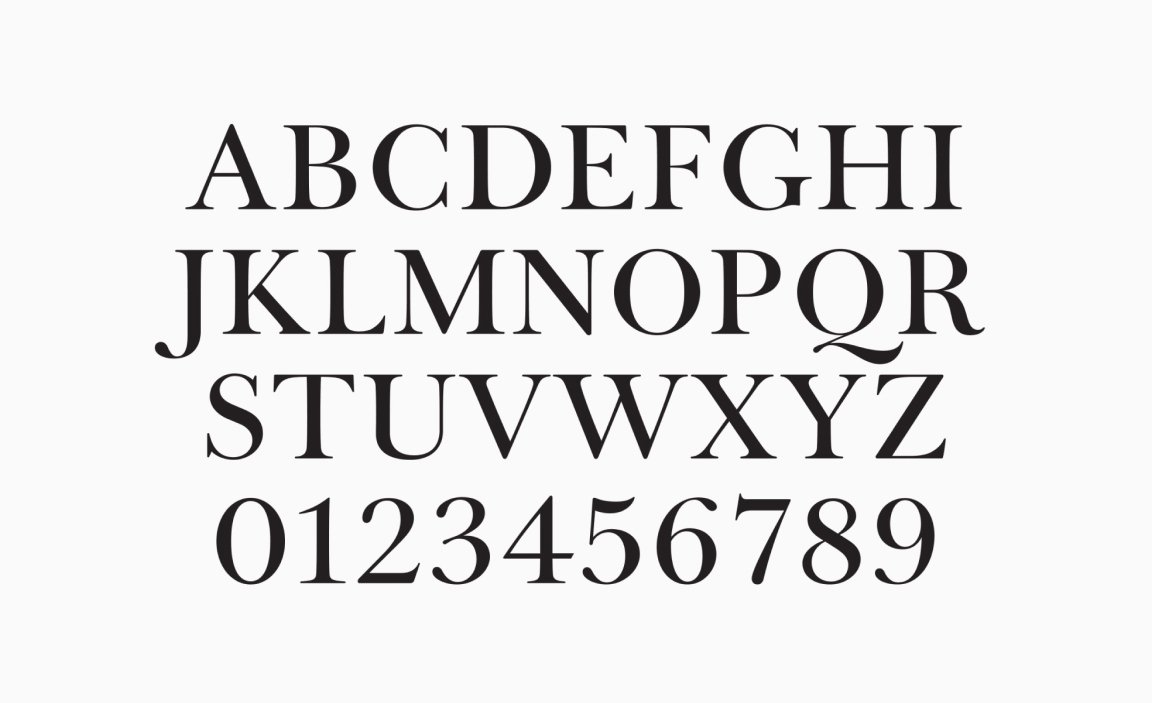
The context is key here. OpenAI is already deep in collaboration with Apple, who folded ChatGPT into Siri and their productivity suite under the Apple Intelligence umbrella. That gives OpenAI distribution, but it doesn’t give them a device of their own.
The Ive partnership feels like a way to reclaim some of that autonomy. Not to compete with Apple, but to explore different instincts. If Apple’s approach to AI is gentle integration, OpenAI’s could be intentional disruption. A standalone artifact that expresses AI as something entirely new ans not just a feature, but a philosophy.
It also makes OpenAI’s brand story more coherent. Their recent design evolution from a jumble of mismatched assets to a more human and research-driven identity set the tone for an organization trying to speak clearly in a space full of hype. Bringing in Ive crystallizes that ambition. It’s not just about being first to market, or even most powerful. It’s about being most meaningful. And in a field where product cycles are still being invented, meaning is a powerful differentiator.
We don’t know what the product will be yet and Sam says he has spent time with. But if history is any indication, we’ll recognize it when we see it not because it screams for attention, but because it just makes sense. That’s the design magic we’ve been waiting for in AI. With Ive now at the table, OpenAI is making a bet on not just on what AI can say, but how it should speak. Not just what it can do, but also how it should live.


